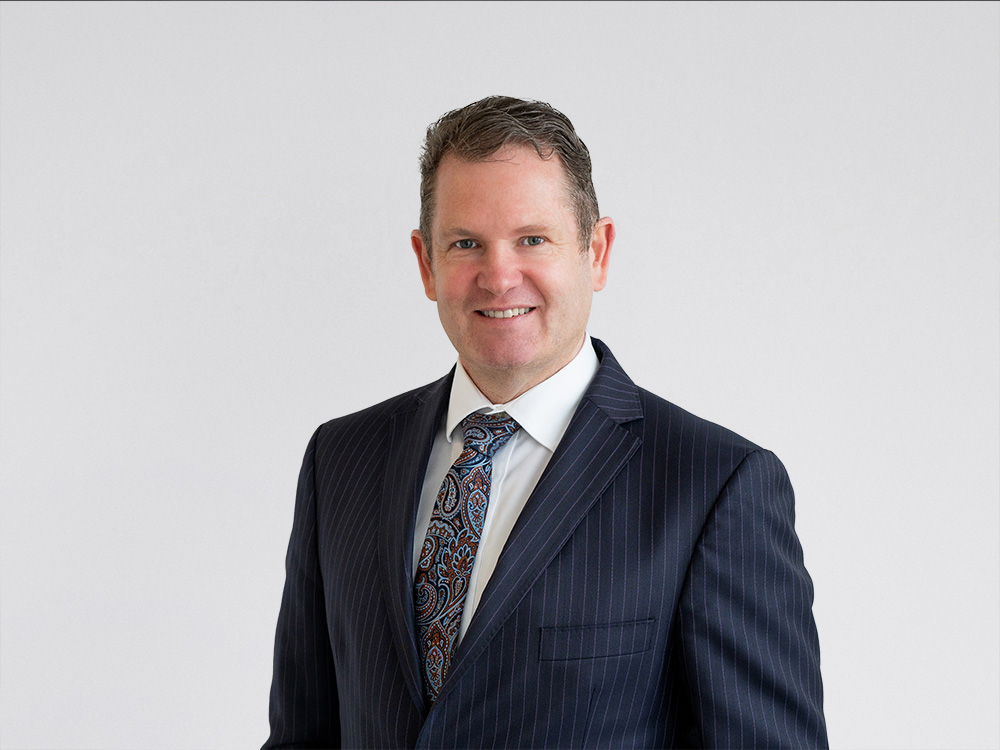On Tuesday, 21 March 2023, MinterEllisonRuddWatts hosted its inaugural Construction and Infrastructure conference Building Together | [Re]set for the future for industry governors and senior executive managers actively involved in the sector.
André Lovatt, Chief Infrastructure Officer, Auckland Airport and Gillian Service, Partner, MinterEllisonRuddWatts, hosted a pragmatic discussion on the ‘people factor’ – a key issue for New Zealand’s construction and infrastructure sector.
In her opening remarks, Gillian provided a snapshot of the current workforce problem facing New Zealand’s construction industry:
- there is an estimated shortage of 369,268 construction and infrastructure workers across New Zealand;
- while the construction and infrastructure sector is generally well paid, a recent survey by the Productivity Commission of 135 construction industry firms indicated that 90% had difficulty recruiting in New Zealand, and two thirds had no domestic applicants for recent job openings;
- New Zealand is struggling to compete with Australia’s construction and infrastructure industry, which has a significantly larger project spend (approximately nine times greater than New Zealand); and
- a recent poll by the Ministry of Business, Innovation and Employment (MBIE) showed that only 42% of workers in the industry had a written contract, creating uncertainty for many workers.
How can New Zealand address these issues?
André and Gillian looked at New Zealand’s current legislative/policy settings, recruitment and retention strategies, and the importance of building a pipeline of work that can create certainty to attract and retain talent.
Legislative/policy considerations
Fair Pay Agreements: only a small percentage of the construction industry is unionised, and Fair Pay Agreements (FPAs) in this sector could be on the agenda for unions. FPAs are the largest shake up for the labour market settings in New Zealand since the 1990s. A construction FPA would set a floor for minimum terms and conditions across the sector and would affect the whole industry (not just union members within the industry).
Health and safety: there has been a significant shift in the mental health and wellness space since the introduction of the Health and Safety at Work Act in 2015. The regulator is active in this area, and it is no longer acceptable for employers to do nothing when worker welfare issues arise. Staying on top of these issues is crucial for the sector to succeed.
Immigration: settings on immigration have been tight. However, the system has recently been overhauled to try to address labour shortages, and the Green List provides a fast track for certain construction/infrastructure roles (however, these roles are limited).
Recruitment and retention strategies
There is no silver bullet to solving recruitment and retention issues within the industry. However, there are many considerations when looking to improve retention and recruitment, including paying people fairly, seeking to tap into an alignment of purpose, creating a good workplace culture, prioritising mental health, and placing an increased emphasis on ESG.
‘Boom and bust’ cycles have also created generational gaps within the industry’s experience base. This issue highlights the need for longer term planning within the sector and the importance of transferring crucial skills to younger generations to carry on.
Demographics of key players
The demographic of the construction and infrastructure industry’s workforce, particularly in the vertical build area, is dominated by small to medium-sized businesses with many owned by people who are within 10 years of retirement and looking to get the equity out of their businesses, and so are not necessarily investing in plant, equipment and technology for their businesses. New Zealand businesses need to address this, with opportunities for those that do.
Some of the key questions to consider out of this session include:
- What would a Fair Pay Agreement do for the construction sector?
- How do you retain staff in a setting where you can’t increase wages because of the model you are operating in?
- Given the scope of the worker shortage problem, are the retention and recruitment strategies used by your business fit for purpose?








